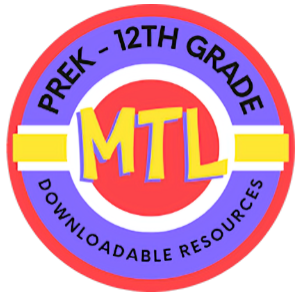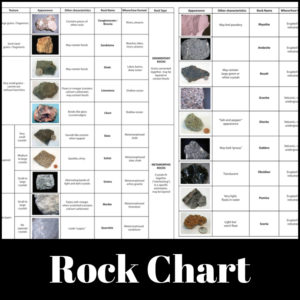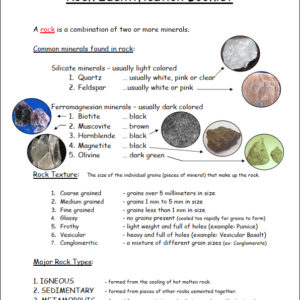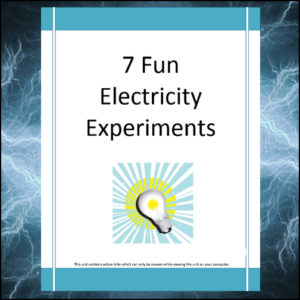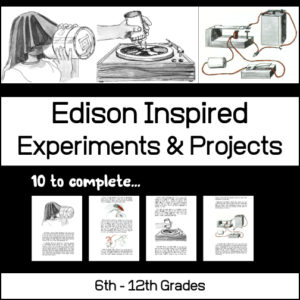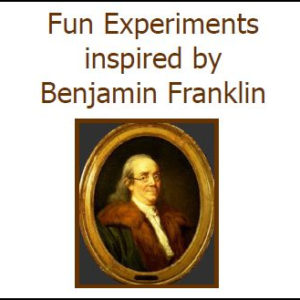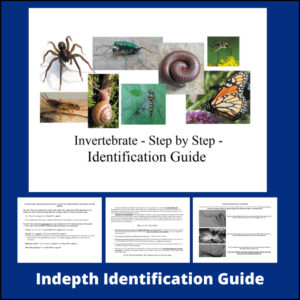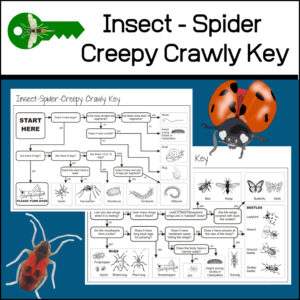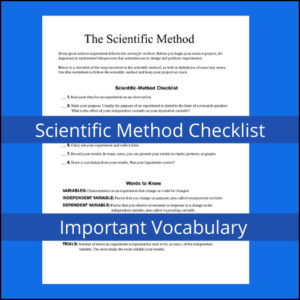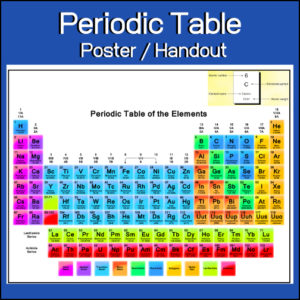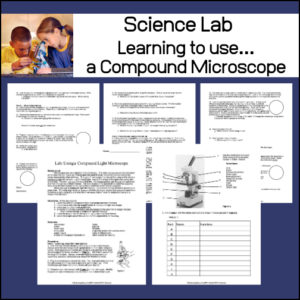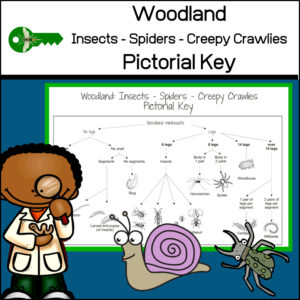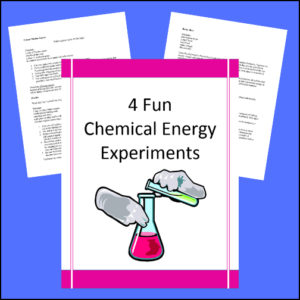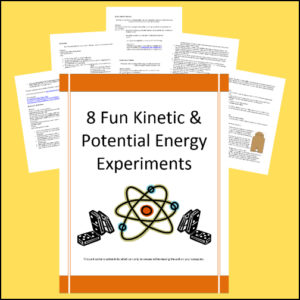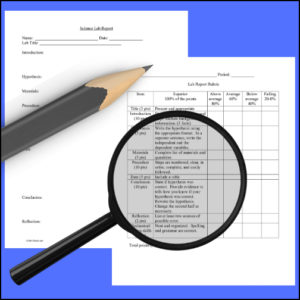Showing all 14 results
-
$2.50Buy Now
This 5 page booklet will guide students through common minerals which are found in rock, rock textures and the major rock types: igneous, sedimentary and metamorphic.
-
$2.00Buy Now
This resource includes step by step instructions for performing 7 electricity related experiments including: Building a dry cell battery, a potato battery and a homemade electromagnet.
-
$1.00Buy Now
10 Experiments / Projects inspired by Edison – Including: A phonograph Pick-Up, The Relay in Action, A Pinhole Camera and 7 others!
-
$1.50Buy Now
Inject a little history into your science lessons and perform some cool experiments too!
What you’ll get:- – 2 Short informational texts: One on Benjamin Franklin and one on Franklin’s Glass Armonica
- – 4 Experiments: Bottle Pipes, Lemon Battery, Magnetic Art, and the Thermometer
-
$3.00Buy Now
This 21 page resource will take students step by step through a guided identification process for invertebrates. This key is designed for 6th – 12th grades.
-
$1.00Buy Now
Before students begin a science project, it’s important to know important vocabulary and understand the process scientists use to design and perform experiments. This resource is a student handout that will give students the important information that they need.
To use again and again, laminate or place inside a sheet / page protector!
-
$1.00Buy Now
You can use this resource as a poster or a handout – the Periodic Table of Elements (with a ‘how to read each element’ visual model).
The table shows all elements through 103 Lr and is color coordinated showing:
– alkali metal
– alkaline earth
– transition metal
– basic metal
– semimetals
– nonmetals
– halogens
– noble gas
– langthanides
– actinides -
$3.00Buy Now
This is a Science lab during which students will…
- – Learn the parts of a compound light microscope and their functions
- – Learn to calculate the magnification
- – Learn how to make a wet mount slide
- – Learn to use the microscope
-
$1.25Buy Now
Students love entomology! What is that bug? Some may use the term MINI-BEAST. Is it an insect, a spider, a slug? “I found this bug in the woods, but what is it called?” To help answer student questions like these, here is an easy to use PICTORIAL IDENTIFICATION KEY!
Woodland minibeasts included on this picture guide: snail, worm, larvae (pupae), slug, beetle, earwig, aphid, weevil, harvestman, spider, woodlouse, centipede and millipede (all common creepy crawlies found in the woods)
-
$1.00Buy Now
Chemical Energy is released when bonds form in a chemical reaction, often producing heat as a by-product (exothermic reaction).
Here are four experiments for students to perform which display chemical energy! Experiments include:
1. Rusty Heat
2. Easy Endothermic Reaction
3. Classic Mentos Geyser
4. Hot Ice -
$2.00Buy Now
Kinetic energy is energy possessed by an object due to its motion or movement. Potential energy is the stored energy of position possessed by an object. Here are eight experiments for students to perform which display chemical energy! Experiments include:
1. Rube Goldberg Machines
2. Homemade Marble Run
3. Bucket Spin
4. Salad Spinner Art
5. Rubber Band Vehicles
6. Rubber Band Car
7. Flywheel Battery
8. Pendulum of Peril -
$2.00Buy Now
This form can be used again and again during different Science experiments. Designed for middle through high school grades.
There are sections for students to record…
- – lab title
- – introduction
- -hypothesis
- -materials
- – procedure
- – data
- – conclusion
- – reflection
A grading rubric is included!
